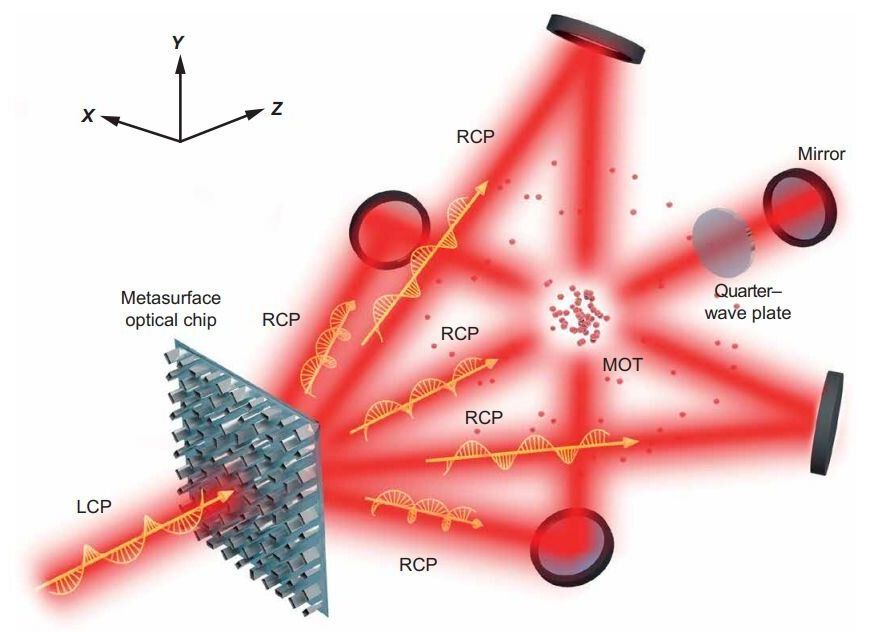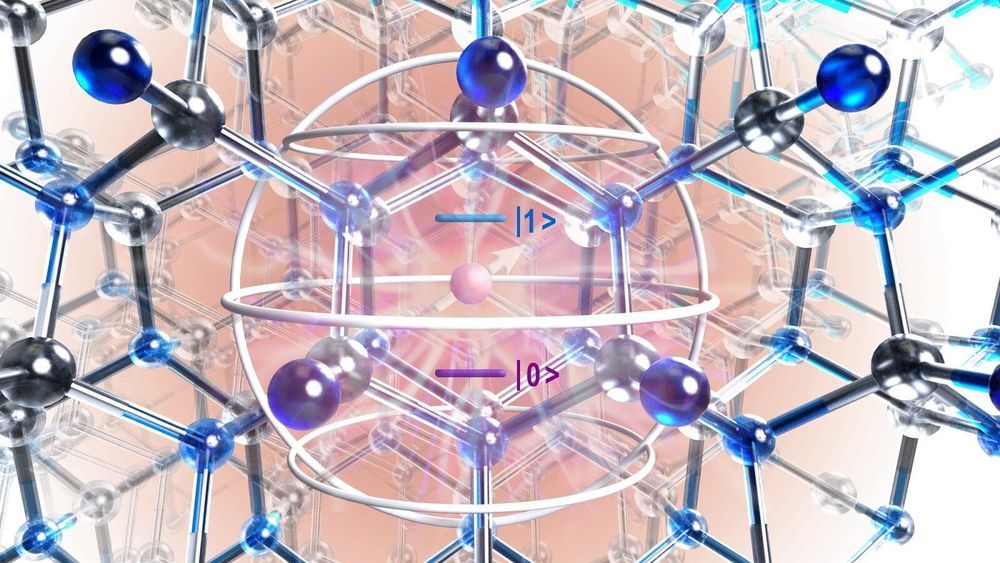Skoltech scientists have shown that quantum enhanced machine learning can be used on quantum (as opposed to classical) data, overcoming a significant slowdown common to these applications and opening a “fertile ground to develop computational insights into quantum systems.” The paper was published in the journal Physical Review A.
Quantum computers utilize quantum mechanical effects to store and manipulate information. While quantum effects are often claimed to be counterintuitive, such effects will enable quantum enhanced calculations to dramatically outperform the best supercomputers. In 2019, the world saw a prototype of this demonstrated by Google as quantum computational superiority.
Quantum algorithms have been developed to enhance a range of different computational tasks; more recently this has grown to include quantum enhanced machine learning. Quantum machine learning was partly pioneered by Skoltech’s resident-based Laboratory for Quantum Information Processing, led by Jacob Biamonte, a coathor of this paper. “Machine learning techniques have become powerful tools for finding patterns in data. Quantum systems produce atypical patterns that classical systems are thought not to produce efficiently, so it is not surprising that quantum computers might outperform classical computers on machine learning tasks,” he says.









